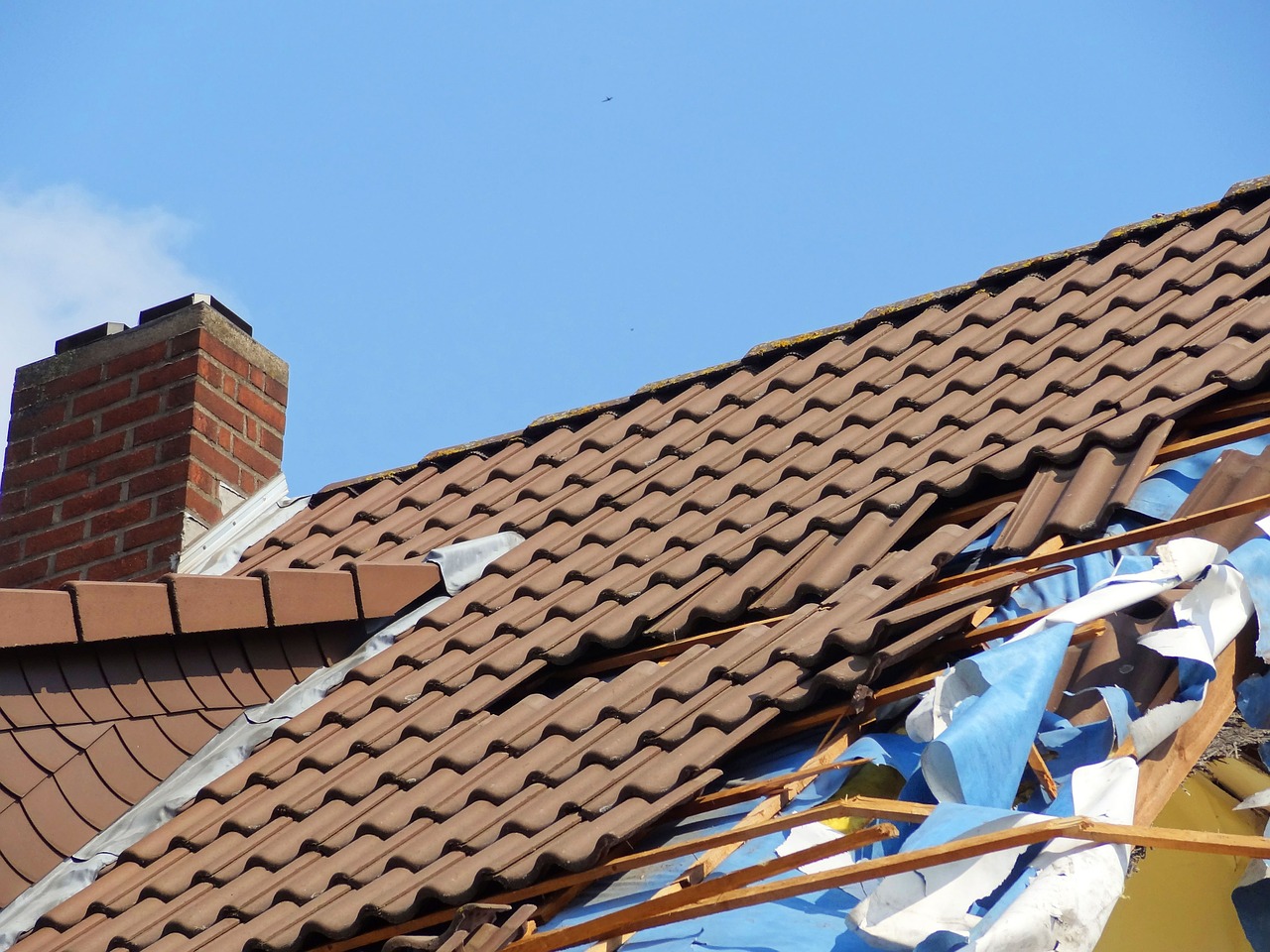Homeowner’s Insurance – The Basics


Homeowner’s Insurance
For most people, the home is their greatest asset and investment, and it needs to be protected by Homeowner’s Insurance. It gives you peace of mind to know that if a catastrophic event such as a fire, earthquake, or gas explosion occurs, you are covered and are not going to get your finances drained. Homeowner’s Insurance will replace your home or repair it. The following lays out how having homeowners’ insurance gives you that protection and peace of mind.
- It is vital to buy enough coverage. Nationwide insurance company reports that two-thirds of American homes are under-insured by up to 60%. They estimate the average is 22% under-insured.
- Core Logic estimates that three out of five American homes are under-insured by an average of 20 %.
- If your home is destroyed, it adds insult to injury to be under-insured. If you are under-insured by 20% and your home costs, for example, $200,000 to replace, you would then be faced with having to cough up $40,000 of your hard-earned money to make up the difference. You want to carry enough coverage to avoid taking an avoidable (and unnecessary) hit to your personal finances.
- You run the risk of losing your home if you are sued and under-insured.
- Liability coverage NEEDS to be included with your insurance. liability insurance covers you if someone gets hurt on your property. It takes care of medical bills and legal expenses if you end up in court as a result of a lawsuit. Most policies have a minimum of $100,000 in liability coverage. If you can, you should buy $300,000 to $500,000 of Liability Insurance.
Shopping for Homeowners Insurance
Shopping for Homeowner’s Insurance can be overwhelming if you do not already have an insurance company you like and trust. With Homeowner’s Insurance, you truly get what you pay for and you also want the company that pays out best for a claim and not end up underpaid. You have insurance in the first place to completely cover both your personal liability and your property, so it is worth making sure you are FULLY covered.
Making sure everything you need is covered can entail a lot of research to compare different companies’ policies, and how well any one company pays out damage claims. To replace your home for example, one has to take into consideration the inflation of increased building and material costs as well as particular upgrades you have made to the property, including the construction, roof and appliances – not as simple as insuring replacement using the purchase price of your home, which includes the property that will remain after any damage for you to build on.
If you have no prior policy to use to gauge your replacement cost and you choose to do this yourself, you will need consultation with contractors, builders,installers and roofing companies to determine your home’s replacement cost. You may want to hire an appraiser for a thorough home inspection, to get the replacement cost.
You can use Consumer Reports to compare coverage and rates to choose a company that fits all your needs. They have a buying guide where you can compare coverage, between companies as well as how well they pay out claims. They also show why you may want to add coverage, known as umbrella coverage, and show how you can save money by bundling your auto and homeowner’s insurance, for example.
By simply reading Consumer Reports webpage covering Homeowners Insurance you can fully educate yourself on how to get all the coverage you may need for the best price. You can also determine a few companies you want to talk to, to find that company you are comfortable working with and trust.